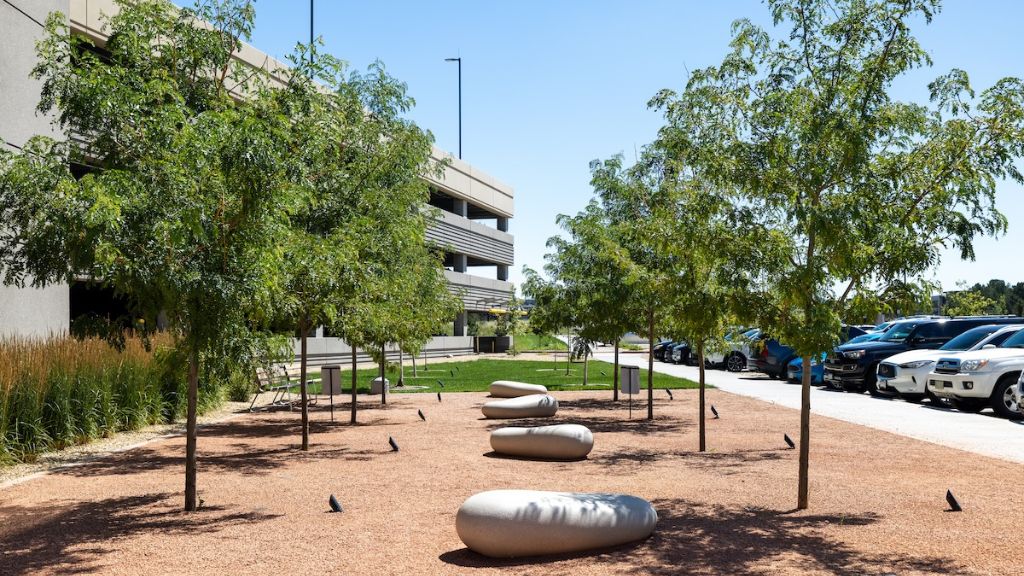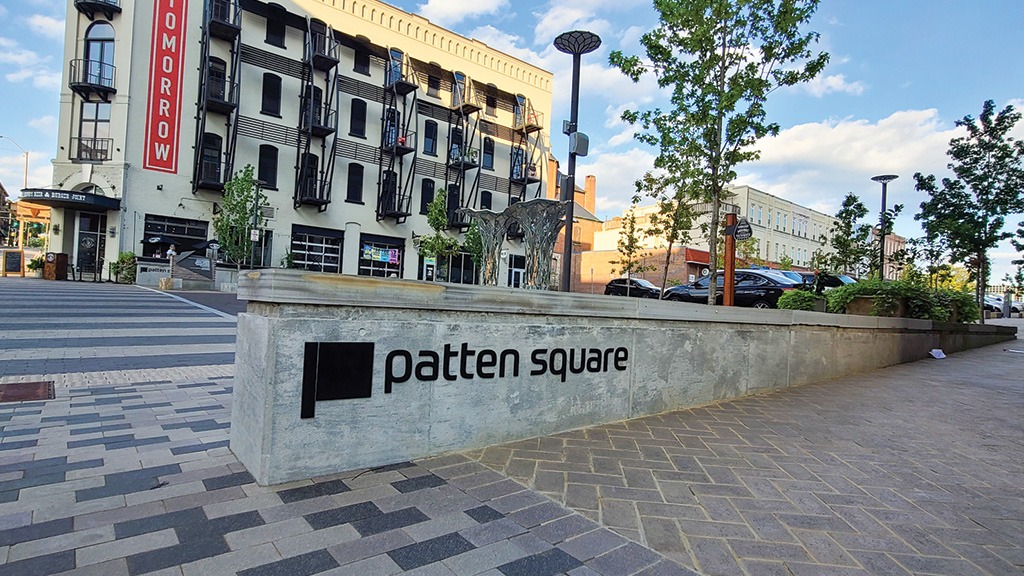Lockerbie, a small town on the strategic main routes between London and Glasgow, both road and rail, grew around the crossroads and railway station in the centre of the town. History of the town goes back at least as far as the Vikings, and traces of nearby Roman camps indicate that this area has been settled for a very long time.
Lockerbie, a small town on the strategic main routes between London and Glasgow, both road and rail, grew around the crossroads and railway station in the centre of the town. History of the town goes back at least as far as the Vikings, and traces of nearby Roman camps indicate that this area has been settled for a very long time. During the mid 18th Century, the town grew as a semi-planned settlement, and it became a significant staging post on the carriage route from Glasgow to London.
The London to Edinburgh Great North Road was the predominant route between London and Scotland, at least until Thomas Telford constructed his Carlisle to Glasgow highway during the early 1800s. This opened up the western route, and made way for the railway, which came to Lockerbie in 1847. The railway made a huge difference to the town, and increased the already substantial trade in lambs, becoming the largest lamb market in Scotland.
Project
Location
Contractor
Landscape Architect
Lockerbie, a small town on the strategic main routes between London and Glasgow, both road and rail, grew around the crossroads and railway station in the centre of the town. History of the town goes back at least as far as the Vikings, and traces of nearby Roman camps indicate that this area has been settled for a very long time.
Lockerbie, a small town on the strategic main routes between London and Glasgow, both road and rail, grew around the crossroads and railway station in the centre of the town. History of the town goes back at least as far as the Vikings, and traces of nearby Roman camps indicate that this area has been settled for a very long time. During the mid 18th Century, the town grew as a semi-planned settlement, and it became a significant staging post on the carriage route from Glasgow to London.
The London to Edinburgh Great North Road was the predominant route between London and Scotland, at least until Thomas Telford constructed his Carlisle to Glasgow highway during the early 1800s. This opened up the western route, and made way for the railway, which came to Lockerbie in 1847. The railway made a huge difference to the town, and increased the already substantial trade in lambs, becoming the largest lamb market in Scotland.
Project
Location
Contractor
Landscape Architect
Project
Location
Contractor
Landscape Architect
Dumfries and Galloway council invested in the town centre during 2014/5, creating an imaginative new space, with pedestrian safety central to the plan. The new public area outside the Town Hall, with its notable clock tower, provides a pleasant piece of public realm, encouraging people to spend time in the town centre. Use of green infrastructure and tree planting to create green networks is part of the planning guidance, encouraging healthy exercise for residents.
As a nod to history, as part of the urban realm renovation, models of sheep stand on the pavement between the Maple [Acer x fremanii Autumn Blaze] trees, reminding passers-by of the history.
Dumfries and Galloway council invested in the town centre during 2014/5, creating an imaginative new space, with pedestrian safety central to the plan. The new public area outside the Town Hall, with its notable clock tower, provides a pleasant piece of public realm, encouraging people to spend time in the town centre. Use of green infrastructure and tree planting to create green networks is part of the planning guidance, encouraging healthy exercise for residents.
As a nod to history, as part of the urban realm renovation, models of sheep stand on the pavement between the Maple [Acer x fremanii Autumn Blaze] trees, reminding passers-by of the history.
These trees are a good choice for the autumn colour as they are more reliable than the parent Canadian Maple and tolerate most soil conditions. The red leaf colour complements the natural red local sandstone that has been used in the construction of most of the town buildings.
Numerous utility runs were discovered whilst installing the tree pits, and the flexibility of the GreenBlue Urban soil cell systems meant that these services could be easily accommodated. The trees have grown extremely well over the past 5 years and will be continuing to thrive for the enjoyment for all those who live, work and visit this Border town.
These trees are a good choice for the autumn colour as they are more reliable than the parent Canadian Maple and tolerate most soil conditions. The red leaf colour complements the natural red local sandstone that has been used in the construction of most of the town buildings.
Numerous utility runs were discovered whilst installing the tree pits, and the flexibility of the GreenBlue Urban soil cell systems meant that these services could be easily accommodated. The trees have grown extremely well over the past 5 years and will be continuing to thrive for the enjoyment for all those who live, work and visit this Border town.







